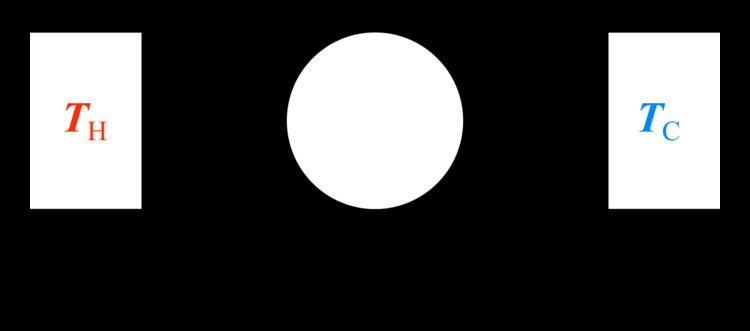 | ||
A thermodynamic free entropy is an entropic thermodynamic potential analogous to the free energy. Also known as a Massieu, Planck, or Massieu–Planck potentials (or functions), or (rarely) free information. In statistical mechanics, free entropies frequently appear as the logarithm of a partition function. The Onsager reciprocal relations in particular, are developed in terms of entropic potentials. In mathematics, free entropy means something quite different: it is a generalization of entropy defined in the subject of free probability.
Contents
- Examples
- Entropy
- Massieu potential Helmholtz free entropy
- Planck potential Gibbs free entropy
- References
A free entropy is generated by a Legendre transform of the entropy. The different potentials correspond to different constraints to which the system may be subjected.
Examples
The most common examples are:
where
Note that the use of the terms "Massieu" and "Planck" for explicit Massieu-Planck potentials are somewhat obscure and ambiguous. In particular "Planck potential" has alternative meanings. The most standard notation for an entropic potential is
Entropy
By the definition of a total differential,
From the equations of state,
The differentials in the above equation are all of extensive variables, so they may be integrated to yield
Massieu potential / Helmholtz free entropy
Starting over at the definition of
The above differentials are not all of extensive variables, so the equation may not be directly integrated. From
If reciprocal variables are not desired,
Planck potential / Gibbs free entropy
Starting over at the definition of
The above differentials are not all of extensive variables, so the equation may not be directly integrated. From
If reciprocal variables are not desired,
